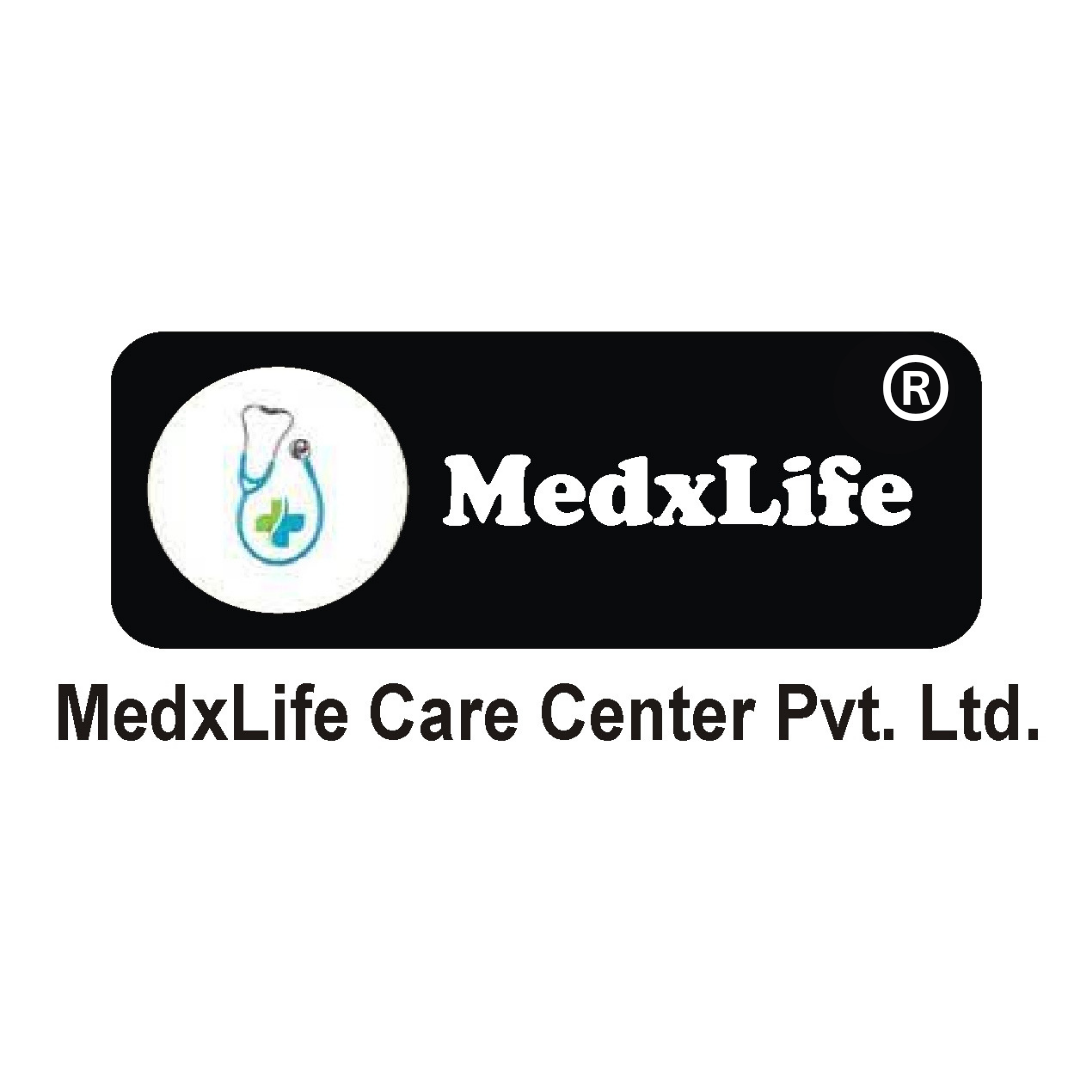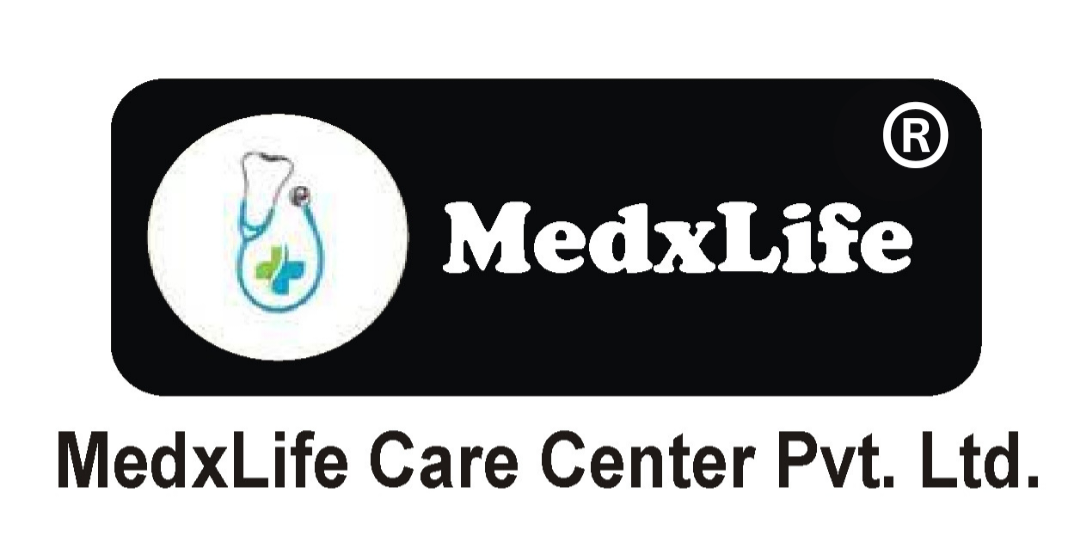Embryonic mortality refers to the losses which occur in the period between fertilization and the completion of the stage of differentiation at approximately day 45.
Embryonic death or mortality denotes the death of fertilized ova and embryo up to the end of implantation.
Early embryonic mortality is a major source of embryonic and economic loss through repeat breeding and increased cost of artificial insemination.
Embryonic mortality is classified as :
● Very Early Embryonic Mortality (day 0 to 7),
● Early Embryonic Mortality (day 7 to 24),
● Late Embryonic Mortality and
● Early Fetal mortality (days 24 to 285)
Before days 16 to 17 :- about 80% Loss
Between days 17 to 42 :- 10 -15% Loss
After day 42 :- 5% Loss
Causes of Embryonic Mortality
- Genetic Factors
Approx 10% of the embryonic losses and result in pregnancy failure within the first two weeks.
Expression of lethal genes can cause death of the embryo within the first 5 days of pregnancy.
An abnormal chromosome number in some or all of the embryonic cells that results in abnormal growth of the embryo, and usually death within the first trimester of gestation. - Chromosome Abnormalities
2.1 Numerical abnormalities
2.1.1 Aneuploidy
Aneuploidy arises if there is nondisjunction during meiosis so that the chromosomes do not separate in a balanced fashion.
X chromosomal aneuploidy in Turner’s syndrome (XO) and
Triple X syndrome (XXX).
2.1.2 Polyploidy
e.g. triploidy (3n), and tetraploidy(4)
Polyploidy arises when there is a failure of the block to polyspermy or if there is retention of the first or second (or both) polar bodies during oogenesis.
2.2 Structural Abnormalities
Deletions,insertions,inversions or translocation of genetic material.
Eg. centric fusion translocation in cattle ,
The 1/29 Robertsonian translocation in cattle. Fusion between two non homologous chromosomes (1 and 29), resulting in a single chromosome.
- Endocrine Factors
Failure of release of LH results in delayed ovulation.
And because of the aged conditions of the sperm cells(24 to 48hrs), early embryonic death may result.
Injections of estrogen at the time of estrum or within several days after ovulation will result in too rapid transport or tubal locking of the ova and death of the zygote.
The relationship between progesterone and estradiol during the first two week post insemination plays a crucial role in the maintenance of luteal function and therefore pregnancy itself.
A new wave of ovarian follicles grows during the luteal phase, even if fertilization has been successful. If estradiol production of these growing luteal phase follicles is not diminished early enough, luteolysis is triggered and corpus luteum resolved and results in decreased level of progesterone which leads EEM.
Two major reasons for a lack of progesterone. Corpora Lutea (CL) has a short lifespan (6 to 12 days). Thus, luteolysis occurs before the embryo has time to signal its presence through secreting bTP-1. The second category includes those CLs that have a normal lifespan (more than 14 days) but secrete low levels of progesterone, which does not suppress the luteolytic effects of the prostaglandin. - Nutritional Factors
4.1 Effects of Energy and Protein
Cows will have less embryonic mortality if they are gaining condition, while those losing condition will tend to have higher embryonic loss.
Decreased progesterone levels following breeding may be responsible for the decreased fertility/ increased embryonic mortality among cows bred during a negative energy balance.
Feeding fishmeal has also been demonstrated to suppress oxytocin induced prostaglandin secretion in heifers with low progesterone concentrations ,it may improve an embryo’s ability to signal MRP.
4.2 Effects of Toxins
Plant toxins like mycotoxins, endophyte infected fescue, nitrates, locoweed, and ponderosa pine may cause reproductive problems .
Mycotoxin ‘zearalenone’ can cause abortion in cattle by decreasing progesterone concentrations.
Nitrate poisoning occurs when nitrate consumption in feed and water is sufficient such that nitrates are converted to nitrites. Nitrites bind to hemoglobin and decrease its oxygen carrying capacity, which could lead to embryonic death in less severe cases. Plants such as oats, millet, sorghum and corn are especially susceptible to high nitrates. Diets of pregnant cows should not exceed 5000 ppm nitrates on a dry matter basis.
4.3 Excesses of Protein
Crude protein more than 17 to 20 percent results in lowering conception rates When an excess of protein and/or a deficiency of energy is fed, ammonia not incorporated into microbial protein,is absorbed into the bloodstream.
This excess ammonia and urea in the bloodstream can decrease fertility, at the same time energy is diverted away from milk production and/or reproduction. - Macro – Minerals
Ca deficiency in young calves retards their general growth and development. Cows with Ca deficiency have an increased incidence of dystocia,retained placenta, and prolapsed uterus. The ratio of calcium to phosphorus should be kept between 1.5 to 2.5 in diet .
Phosphorus deficiencies decrease fertility, feed intake, and milk productionand cattle may be lethargic and unthrifty. phosphorus deficiency results in a lower conception rate, a decrease in ovarian activity, irregular estrus cycles, anestrous and an increased incidence of cystic ovaries. - Trace Minerals
Iodine deficiencies may indirectly cause early embryonic death, abortion, stillbirths, prolonged gestation and an increase in the incidence of retained placenta. Early embryonic deaths, increased metritis, poor fertility and the birth of dead or weak calves are associated with deficiency of selenium.
A deficiency of copper is associated with early embryonic death, reduced ovarian activity, delayed or reduced estrus activity, decreased conception rate, increased incidence of retained placenta and increased difficulty in calving. - Vitamins
Vitamin A is necessary in maintaining the integrity of epithelial tissue that lines the reproductive tract. Deficiency of Vitamin A and its retinoid derivatives cause early embryonic death. Reproductive problems associated with a Vitamin A deficiency include delayed sexual maturity, abortion, and birth of dead or weak calves, retained placenta, metritis, and shortened gestation periods. Deficiency of Vitamin E and Selenium leads to embryo loss at the time of implantation. - Importance of Energy
Cows that lose an excessive amount of body condition or fat stores during early lactation have longer intervals to first ovulation and first estrus, lower first service conception rates and more days open.
Improvements in a cow’s energy balance may be an important signal to the ovaries to start cycling. Cows may start cycling when they are still in negative energy balance but are starting to return to a positive value. - Temperature or Heat Stress
Incidence of lowest conception rate, longer calving to conception and calving intervals are more during summer months.
Percentage of abortion and retained placenta were highest for cows calving during summer. Fertility of dairy animals is markedly declined during summer season. Heat stress can reduce dry matter intake to indirectly inhibit GnRH and LH secretion from the hypothalamo-pituitary system. - Genital Infections
Infections of the embryo can take place at two important phases in the embryonic development;
Before Hatching (Zona Pellucida-Intact Embryos)
Viruses, e.g. BHV-1 and BVDV, might be present in follicular fluid or granulosa cells of bovine oocytes and can also contaminate the embryos by sticking to the zona pellucida.
Death of a zona pellucida-intact embryo can occur because of a hostile uterine environment, at the early embryonic stages.
After Hatching
Embryos hatch from the zona pellucida at 8–9 days in cattle, 7–8 days in sheep and 6–7 days in pigs.
zona pellucida-free bovine morula and blastocysts are susceptible to bovine herpesvirus-1
Uterine pathogens may cause EDD by changing the uterine environment (endometritis) or by a direct cytolytic effect on the embryo.
- Venereal Diseases
11.1 Trichomoniasis (Trichomonas fetus)
T. fetus colonises the uterus, cervix and vagina, but survives poorly on the vulva. It causes embryonic death after the maternal recognition of pregnancy (day 16), causing an irregularly extended return to estrus. Embryonic death is not infrequently (up to 10 % of cases) accompanied by the development of pyometra,
11.2 Campylobacteriosis (Campylobacter fetus or Vibrio fetus)
Vibrio fetus is responsible for infertility and causes early embryonic mortality in cows. The sites of infection are the vagina, cervix, uterus and uterine tubes. Abortion occurs between 4 and 7 months .
11.3 Corynebacterium
Coryn. pyogenes is responsible for aborted embryos, fetuses, placenta and vaginal discharge. - Uterine Environment
The uterine environment may be toxic to embryos that are out of phase, resulting in the death of the embryo. If the embryo does not signal its presence adequately to the mother, the mother will continue to cycle as if open. - Immunological Factors
The feto- placental unit can be considered as a foreign body in the uterus, paternal antigens are normally not rejected by the maternal immune system. Inappropriate immune responses could lead to rejection of the conceptus and cause embryonic mortality.
Diagnosis
- Examining Embryos
Examining embryos collected by in vivo flushing of reproductive tract at different days after breeding. - Determining Progesterone in Blood, Milk and Saliva
- Pregnancy Associated Glycoprotein (PAG) Test
Pregnancy-associated glycoprotein has been found in the serum of pregnant cattle and used as a pregnancy marker. As pregnancy failure occurs, PAG concentrations drop and disappear from maternal blood. The Pregnancy Associated Glycoproteins (PAG) is synthesized by the ruminant’s trophectoderm. A part of it is released into maternal blood circulation which can be assayed by RIA and ELISA. The results are helpful in detection of embryonic mortality in the ruminants.
Treatment - Supplementing Progesterone/Progestogen
- Use of hCG
Use of Human Chorionic Gonadotropin (hCG) to enhance the production of progesterone by the animal’s own corpus luteum.
Administration of human chorionic gonadotropin (hCG) induces ovulation with the subsequent formation of a functional accessory CL which in turn increases progesterone and may enhance embryo survival. Injecting 3300 IU of hCG in lactating cows 5 days after AI results in increased number of CL and higher plasma progesterone concentrations .
Conception rates on days 28, 42 and 90 were improved by hCG treatment. - PMSG Administration
Significant increase in progesterone concentration on administration of 500 IU of PMSG on day 7 after estrus - GnRH Treatment
Administration of GnRH (250 μg) at the time of insemination increases pregnancy rates by 12.5 per cent and effect was more pronounced in repeat breeder cows.
Conclusion
Efforts should be made to provide appropriate protection against high or low temperatures, effective vaccination and provide clean environment and proper timing of insemination. The use of highly fertile semen, appropriate semen thawing techniques and good semen handling and placement are also critically important to optimize fertility and to reduce embryonic mortality.
Contributor- Dr. Keshav Yogi




